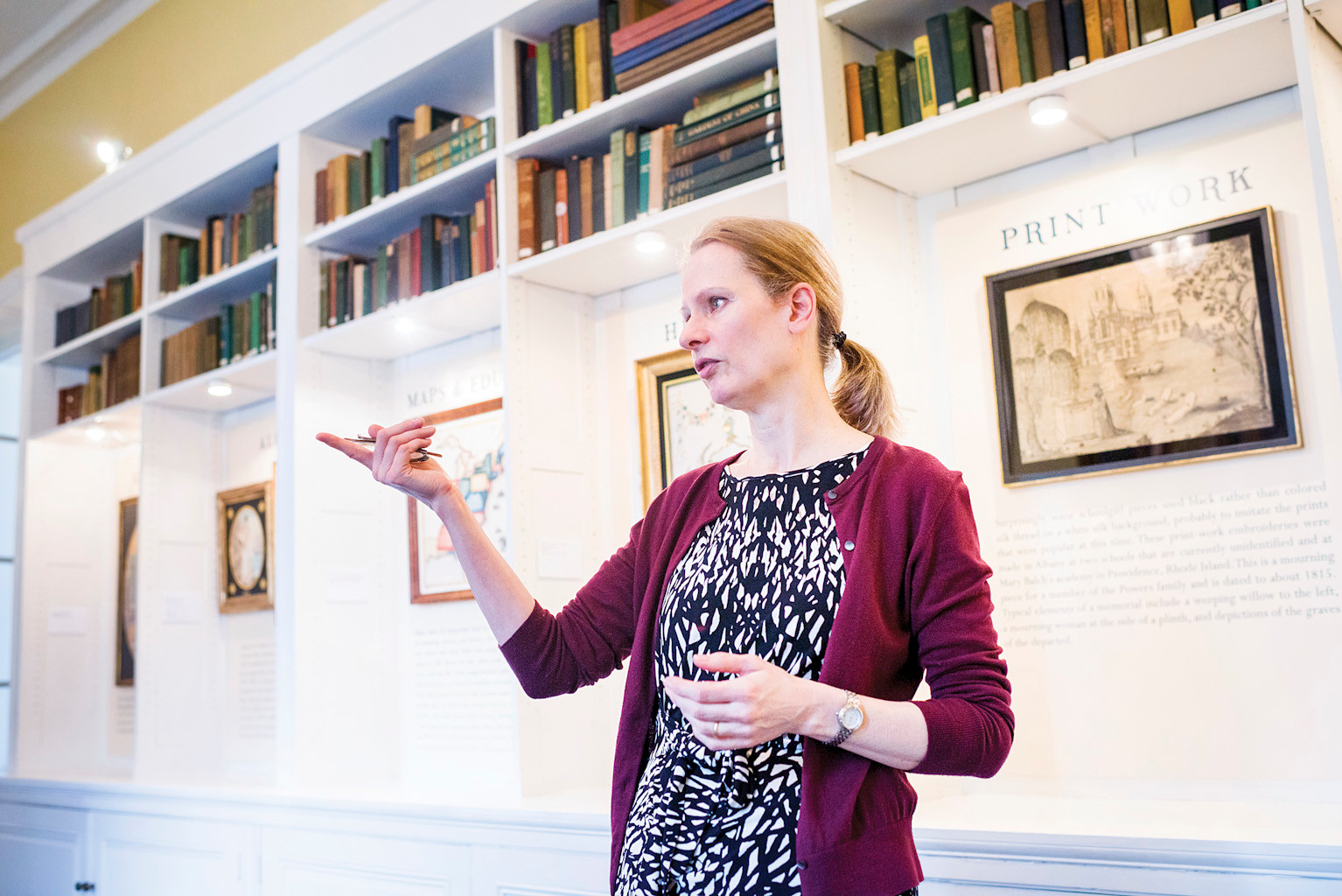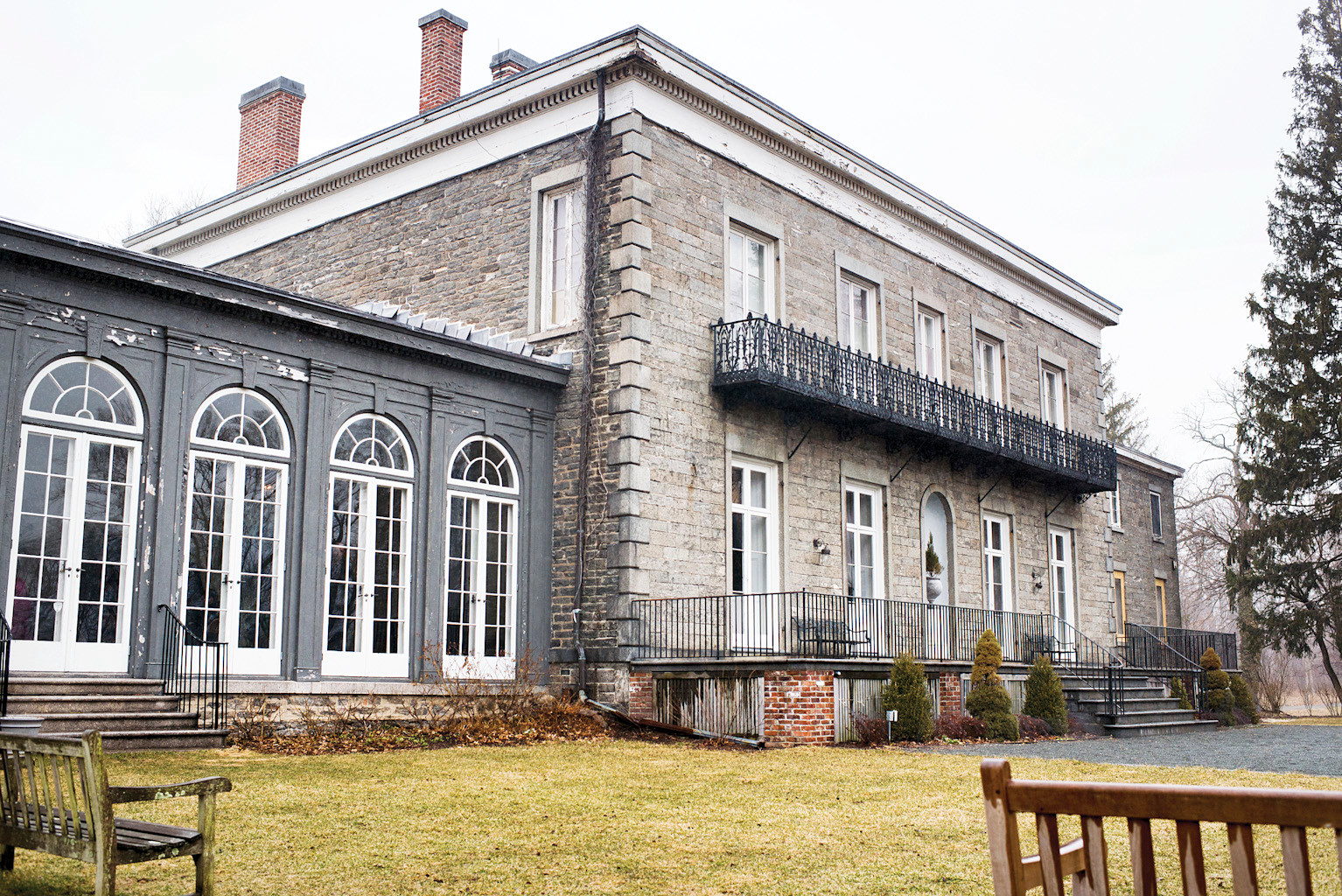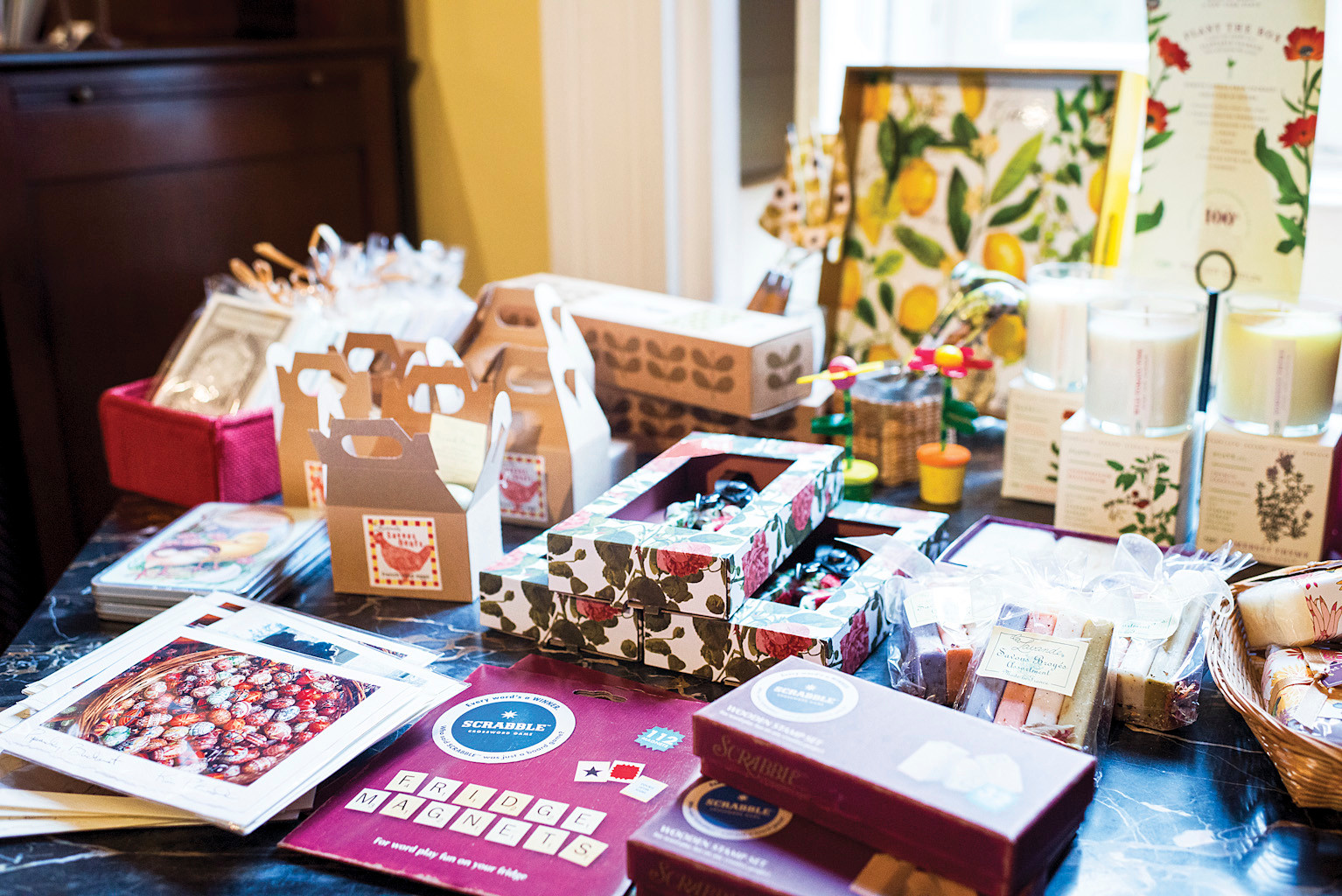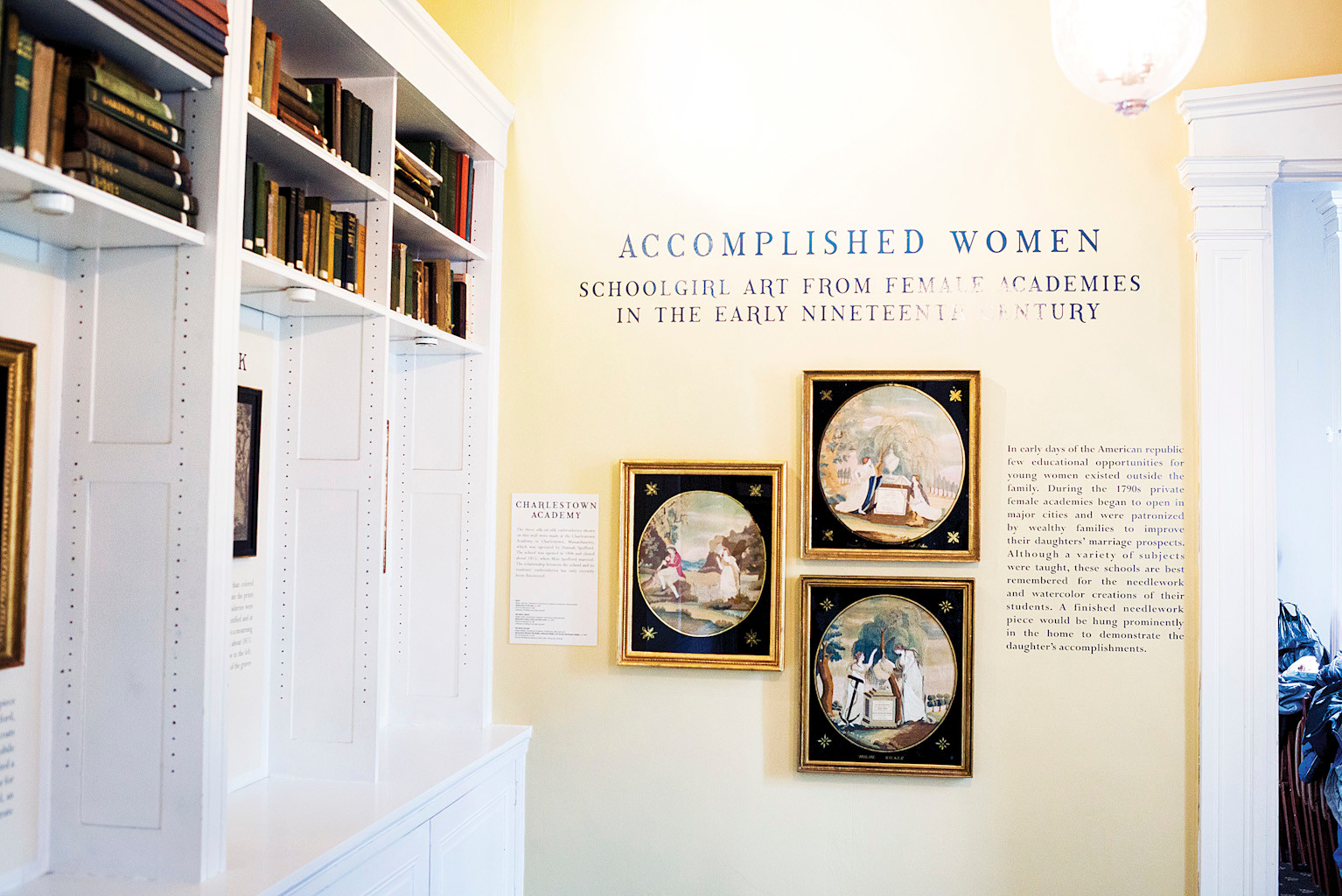In a bygone era, girls channeled their talent in female academies
Exhibit at Bartow-Pell Mansion shows fruits of their labors
Debate over women’s rights today centers on topics like wage equality, with advocates pointing out that women of the same or even higher educational levels than their male peers fail to receive due recognition in the workplace.
In the early 19th century, debate over gender issues had a starkly different tone, as a new exhibit showcasing American female academies at the Bartow-Pell Mansion Museum shows.
Schoolgirls attending such institutions came from socially mobile families and attained high levels of artistic achievement. Nevertheless, absent respectable employment options or an education that emphasized independence, the girls’ primary concerns were with home life and family values.
The careful needlework and watercolor creations on display in the exhibit provide a glimpse of schoolgirls’ concerns in the years spanning from 1800 to 1820. They used expensive metallic threads, spangles and sequins to fashion heraldic seals like “The Bliss Arms” (1802), becoming the seamstresses of their families’ aspirations. They paid tribute to the same families with painted genealogies like “Family Tree of the Tufts Family,” (1812) which makes meticulous record of marriages, births and deaths within a mélange of motifs drawn from British and Greco-Roman art.
Their sport with allegory made “Hope” (1810) into a robust woman with gold shoes and an anchor; “Charity” (1820) becomes a crowned woman pulling her robe to a curtsy and holding a horn of plenty. Stitching and applying pigment to such works may have taken dozens of hours, explained curator Margaret Highland. The metallic threads and fine wooden frames of schoolgirl artworks were also financial investments, which makes it something of a wonder why one of the exhibit’s centerpieces remains unfinished.



















